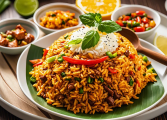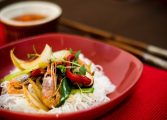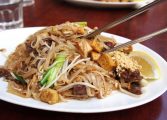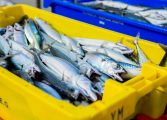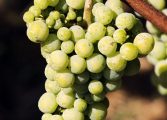Hakarl: A Comprehensive Exploration of the Icelandic Delicacy

Introduction:
Hakarl: A Glimpse into the Unique Icelandic Delicacy

Hakarl, also known as fermented shark, is a distinctive Icelandic delicacy that has intrigued food enthusiasts for centuries. This article aims to provide an in-depth overview of hakarl, exploring its origins, different types, popularity, and the quantitative measurements associated with it. We will also discuss the variations in taste, texture, and preparation techniques and delve into the historical advantages and disadvantages of consuming this unique dish.
1. The Basics of Hakarl:
Unveiling the Secrets of Hakarl
Hakarl is a traditional Icelandic dish made from the Greenland shark, a species only found in the cold waters of the North Atlantic. It is prepared through a fermentation and drying process, which transforms the shark meat into an edible form. The dish has a highly distinct aroma and taste, making it a unique and polarizing experience for gastronomes.
2. Types and Popularity of Hakarl:
Exploring the Variety and Popularity of Hakarl
There are various types of hakarl available in Iceland, each offering a slightly different flavor profile. The most popular variant is hákarl, which is fermented and cured for several months before being served. Other variations include grásleppur, taste-tested at an earlier stage of fermentation, and skyrhákarl, which is mixed with the iconic Icelandic yogurt, skyr. While hakarl might not be widely popular outside of Iceland, it holds a special place in Icelandic culture and cuisine.
3. Quantitative Measurements of Hakarl:
Unveiling the Numbers Behind Hakarl Production
When it comes to quantifying hakarl, there are intriguing figures to discuss. From the number of sharks caught annually to the amount of time required for fermentation, these measurements shed light on the extensive effort dedicated to creating this delicacy. Additionally, exploring the economic impact and consumption patterns of hakarl provides valuable insights into its demand and market dynamics.
4. Variations in Taste, Texture, and Preparation:
Hakarl’s Many Faces: Exploring Taste, Texture, and Preparation
Despite being made from the same principal ingredient, different types of hakarl exhibit variations in taste, texture, and overall dining experience. Some are milder and more palatable, while others possess a pungent and powerful flavor. Additionally, the texture can range from chewy to soft, adding another layer of complexity to this unique cuisine. Preparation techniques, such as removing toxins and fermenting with specific herbs, also contribute to these distinctions.
5. Historical Advantages and Disadvantages of Consuming Hakarl:
A Journey Through the Historical Merits and Drawbacks of Hakarl
Over the centuries, hakarl has had its fair share of advantages and disadvantages. While it served as a crucial survival food for early Icelandic settlers due to its long shelf life and availability in the harsh environment, its strong smell and taste have also created controversies and divided opinions among those who have sampled it. Exploring the historical context of hakarl consumption provides insight into its enduring significance and cultural significance.
Conclusion:
In conclusion, hakarl stands as a unique and cherished delicacy in Icelandic cuisine. Its fermentation process, variations in taste and texture, and historical merits and drawbacks make it a fascinating topic for food enthusiasts. Despite its polarizing nature, hakarl remains an iconic dish that captures the essence of a diverse culinary heritage. To truly appreciate its distinctiveness, one must embark on a culinary adventure and indulge in this culturally rich Icelandic tradition.
(Note: Insert a relevant video clip here, showcasing the process of hakarl preparation or an expert’s perspective on its significance)
Målgruppen är mat- och dryckesentusiaster. Tone of voice är formell.








